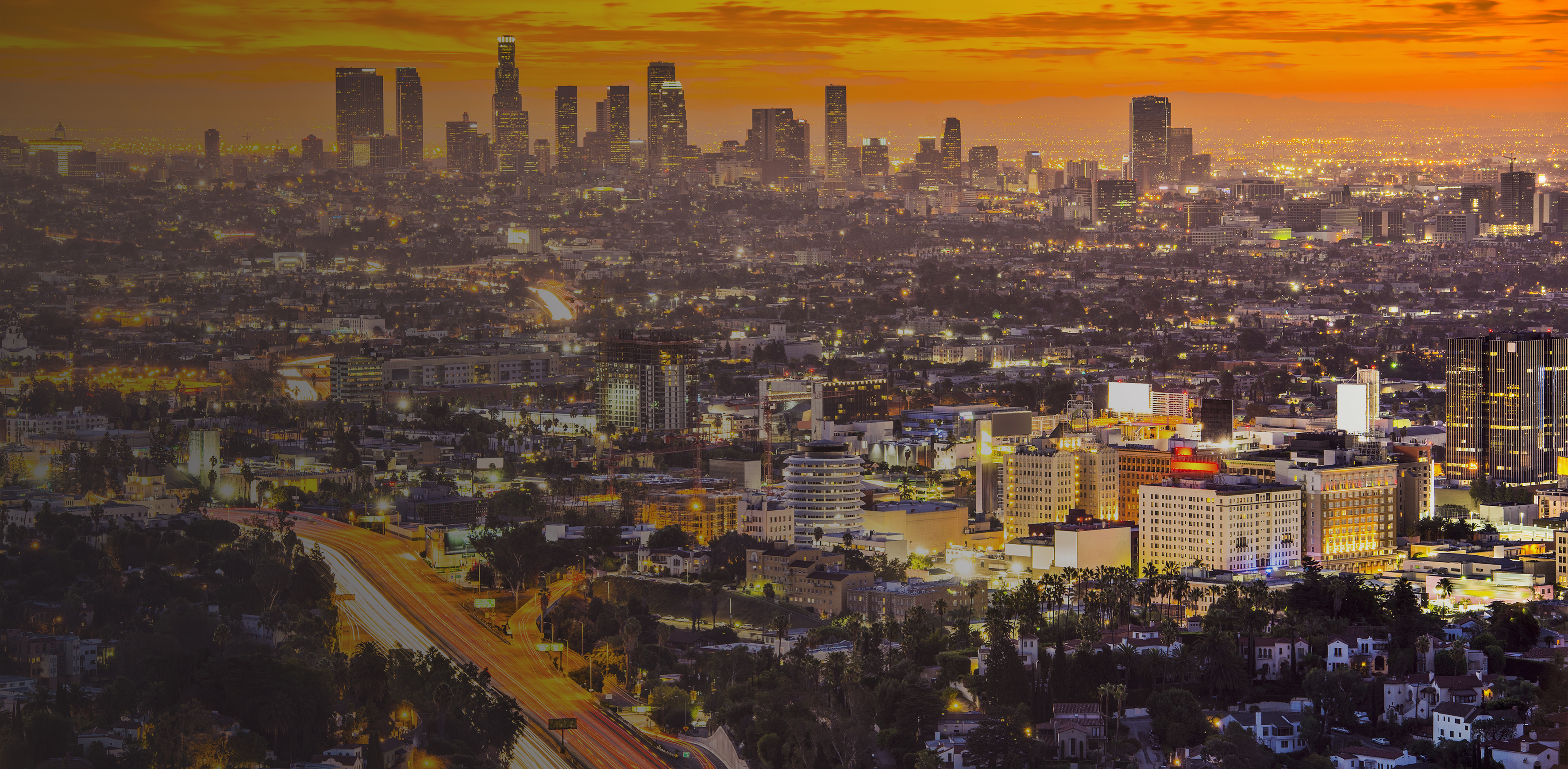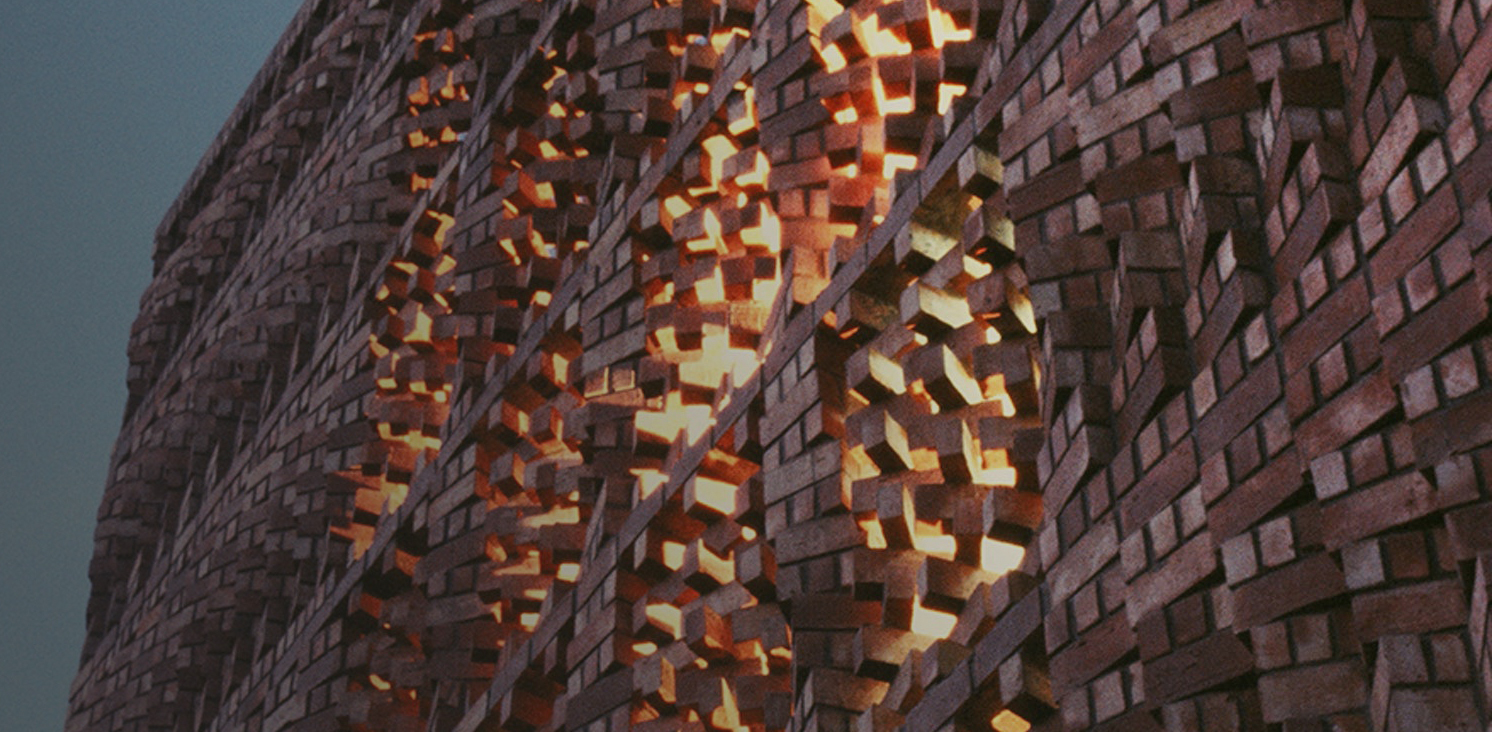Architects: Showcase your work and find the perfect materials for your next project through Architizer. Manufacturers: Sign up now to learn how you can get seen by the world’s top architecture firms.
The world’s population is going through the proverbial roof, set to surpass 9.5 billion by 2050, and with more than half of us now living in cities, the strain on existing urban infrastructure is accelerating at a frightening rate … alright, I know what you’re thinking: Tell us something we don’t already know. It’s an age-old problem that has caused headaches amongst urban planners and city officials for decades.
Long-term population growth affects cities in very different ways across the globe, largely depending on socioeconomic context. In many urban regions across the United States, it has led to a notable increase in “sprawl,” a term loosely thrown around when deriding low-density development over a large metropolitan area.

The ‘burbs, Los Angeles. Via Solutions Journal
The very definition of sprawl is open for debate. For some, it is represented by row upon row of detached houses with large yards, picket fences, and an oversized SUV or two out front. For others, like outspoken social critic James Howard Kunstler, it is defined by eight-lane highways lined with drive-thrus and box stores. His TED Talk from a decade ago decried such places as “national automobile slums,” “an asteroid belt of architectural garbage,” or, most provocatively, “a technosis externality clusterf*ck”:
Fast forward to 2014, and things don’t appear to have improved much at all. Researchers at Smart Growth America released a report entitled “Measuring Sprawl,” which called out certain metro areas for their propensity to expand ever outward, increasing reliance on cars and costing the public at large a great deal in subsidies for highways and other essential infrastructure.
More recently still, Citylab highlighted a new report by LSE Cities and the Victoria Transport Policy that expanded upon the issue, estimating the cumulative cost of this kind of development at an eye-watering $1 trillion a year due to increases in land consumption and car use. One particular infographic stood out as a visual synopsis of the argument against sprawl: a comparison between Atlanta and Barcelona and their relative carbon emissions per capita.

Via Citylab
While there are some counterpoints in defense of the suburban lifestyle — more privacy, less noise and air pollution, less crime and better schools — the recent consensus amongst urban planners is that such scattered growth is unsustainable. When considering an architectural solution to this perceived problem, a natural starting point is to look at the polar opposite condition: Megatall urban structures that form vertical cities, combining a multitude of residential and civic uses with a minimal footprint.
New York Magazine’s Justin Davidson analyzed the practical challenges involved with such lofty endeavors in a recent article, “The Rise of the Mile-High Building.” When Davidson asked SOM’s engineering magician William Baker just how high we can build, he was met with an audacious response: “A mile would be twice the Burj Khalifa. For now, let’s double what we have. Then we can figure out how to double it again.”

Burj Khalifa. Via Room Ideas
So, building upward may well be a viable alternative to building outward, at least from a structural standout point. However, Baker’s air of confidence inevitably evokes that cautionary proverb: Just because you can, doesn’t mean you should. Super-tall skyscrapers bring with them inherent side effects that raise many environmental, social and ethical concerns.
Restriction of light at ground level is currently a hot topic in New York, with long shadows being cast by numerous new luxury condominiums just south of Central Park. SOM’s Ken Lewis posed some pointed questions about the issue: “Whom does the skyline belong to? Given the density we live in, and given that the sky provides daylight to all of us, does someone else have the right to take it?”

Going, going, gone: Red Road Tower Blocks, Glasgow. Via Disclosure
Then there are the societal implications. Urban plans with high-rise buildings at their heart have a reputation for lacking community spirit, full of residents living in relative loneliness and social depravation — see Glasgow’s infamous Red Road tower blocks, now thankfully demolished. Is it possible to design a vertical city that fosters a sense of community cohesion? Firms such as Perkins+Will are attempting to do so — their proposal for a Manhattan tower full of multifunctional sky parks looks like an assured step in the right direction.
Ultimately, though, the natural desires of people encompass elements present within both urban sprawl and super-tall towers — so, is there a way of harnessing the greatest qualities of both conditions? Countless architects and urban planners are attempting to find that magic balance, and many have arrived at the same conclusion: that low-rise, high-density designs offer the best solution.

The Halen Estate by Atelier 5, Berne. Via the Modern House
This concept is nothing new, of course. Standout examples of low-rise, high-density architecture can be found throughout recent history, from the stepped terraces of Atelier 5’s experimental housing in Berne to its contemporary cousin BIG Architects’ Mountain Apartments in Copenhagen. Further examples can be found in the UK: Feilden Clegg Bradley, Alison Brooks Architects and Maccreanor Lavington grabbed the Stirling Prize in 2008 with Accordia, a high-density housing development in Cambridge.
While these proposals are by no means flawless, they are admirable for their basic premise: to increase the density and walkability of cities without sacrificing the suburban ideals that many hold dear, such as private outdoor spaces and the chance of living within a social community with a tangible connection to their neighbors. This hybrid building typology has not yet been perfected, but it is essential that it plays a prominent role in future debates on urban design for our growing population.
Should we build up or build out? I say neither — we simply need to build smarter.
Research all your architectural materials through Architizer: Click here to sign up now. Are you a manufacturer looking to connect with architects? Click here.
Top image: Los Angeles, via Tripodo




